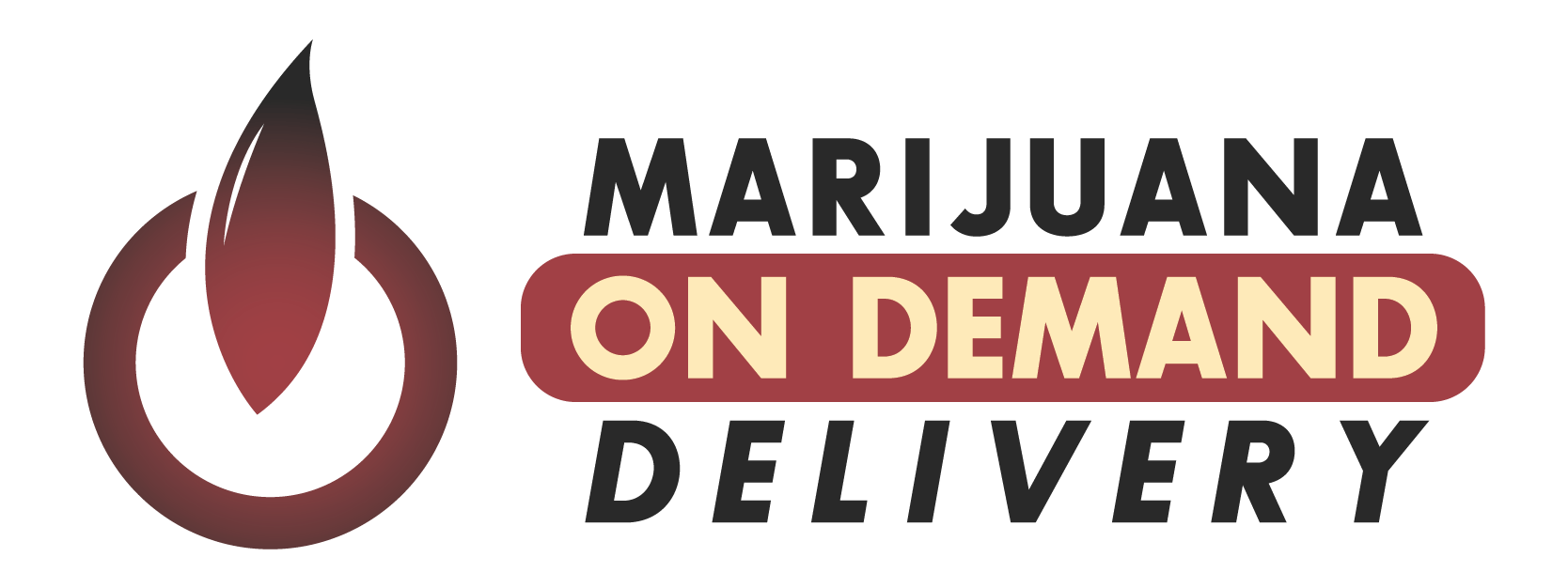Analysts predict that the global cannabis delivery market, buoyed by upstream legalization and consumer demand, could soar to $798 billion by 2032, growing at a ~34% CAGR from a $57 billion base in 2023. Even more conservative estimates place it at $18.6 billion by 2033, with CAGR around 20%. On a regional level, North America—already leading with over 60% of total cannabis e-commerce—could see its delivery segment exceed $15 billion by 2030. These are not just numbers—they reflect a shift in consumer habits and structural forces reshaping the market.
Tech Underpinning the Boom: AI, Apps & Analytics
Digital platforms like Eaze have been operating since 2014, bridging patients and dispensaries via app-based delivery. Eaze now serves 250,000 users across 100+ cities. Cannatech startups are now integrating AI-driven route optimization, predictive demand modeling, real-time tracking, chatbots, age‑verification and payment processing—layering efficiency, legal compliance, and user experience. According to one report, over 50% of cannabis consumers used delivery services in 2023, emphasizing the immediate consumer demand for speed and convenience.
Regulatory & Logistical Headwinds
Despite momentum, the delivery model remains entangled in regulatory complexity. Login across state and municipal lines means navigating a fractured legal environment, especially in the U.S. Federal prohibition adds banking barriers and compliance costs. Even delivery within legal states must respect geofencing, local zoning, and licensing restrictions. Labor constraints—high turnover and training issues—alongside rising CAC due to limited digital advertising channels, further challenge scaling.
Pandemic Lessons & Evolving Consumer Behavior
The COVID-19 pandemic spotlighted delivery; in several jurisdictions, cannabis deliveries spiked to 85% of total sales before settling at around 3–4% post‑pandemic. Though that peak was temporary, it accelerated acceptance and infrastructure. Now, the convenience factor—fast orders, discreet fulfillment, and app‑based discovery—is becoming permanent in consumer minds.
What’s Next? Faster, Smarter, Greener
Forecasts align on a few consistent trends:
- Faster fulfillment: Ultra‑rapid delivery under an hour becoming standard as logistics improve.
- AI-led personalization: Machine learning will tailor recommendations and optimize logistics.
- Integration with VR/AR storefronts: Immersive digital experiences could mimic browsing dispensary shelves.
- Sustainability push: Eco-packaging and electric delivery fleets as consumer expectations rise.
- Data‑driven supply-chain: Better demand forecasting, compliance auditing and pricing analytics across the delivery chain.
If federal legal reform happens—like rescheduling cannabis and easing restrictions on banking and interstate commerce—the delivery ecosystem could replicate the growth seen in alcohol and food delivery while slashing costs and expanding geographic reach.
The High Road Ahead
On‑demand cannabis delivery appears headed for sustained growth and innovation. Market projections vary—ranging from $18.6 billion (20% CAGR) to nearly $800 billion (34% CAGR) within a decade. The trajectory depends on legal regimes, tech adoption, and consumer behaviors. As platforms blend AI‑driven logistics with regulatory compliance, delivery becomes not just convenient—it could redefine cannabis retail. In this unfolding landscape, industry watchers predict a future where “bringing the dispensary to the door” becomes the baseline expectation, rather than a luxury.


